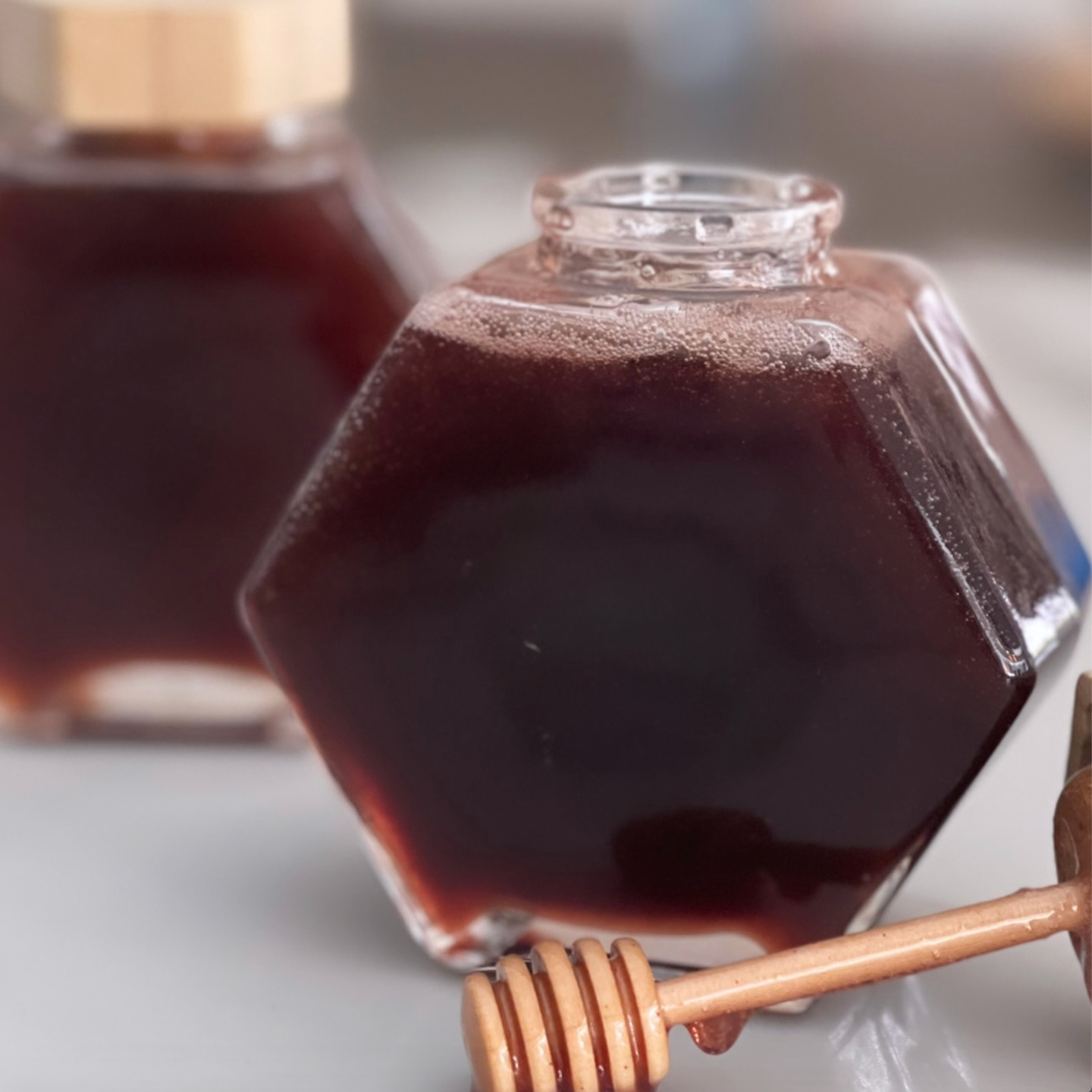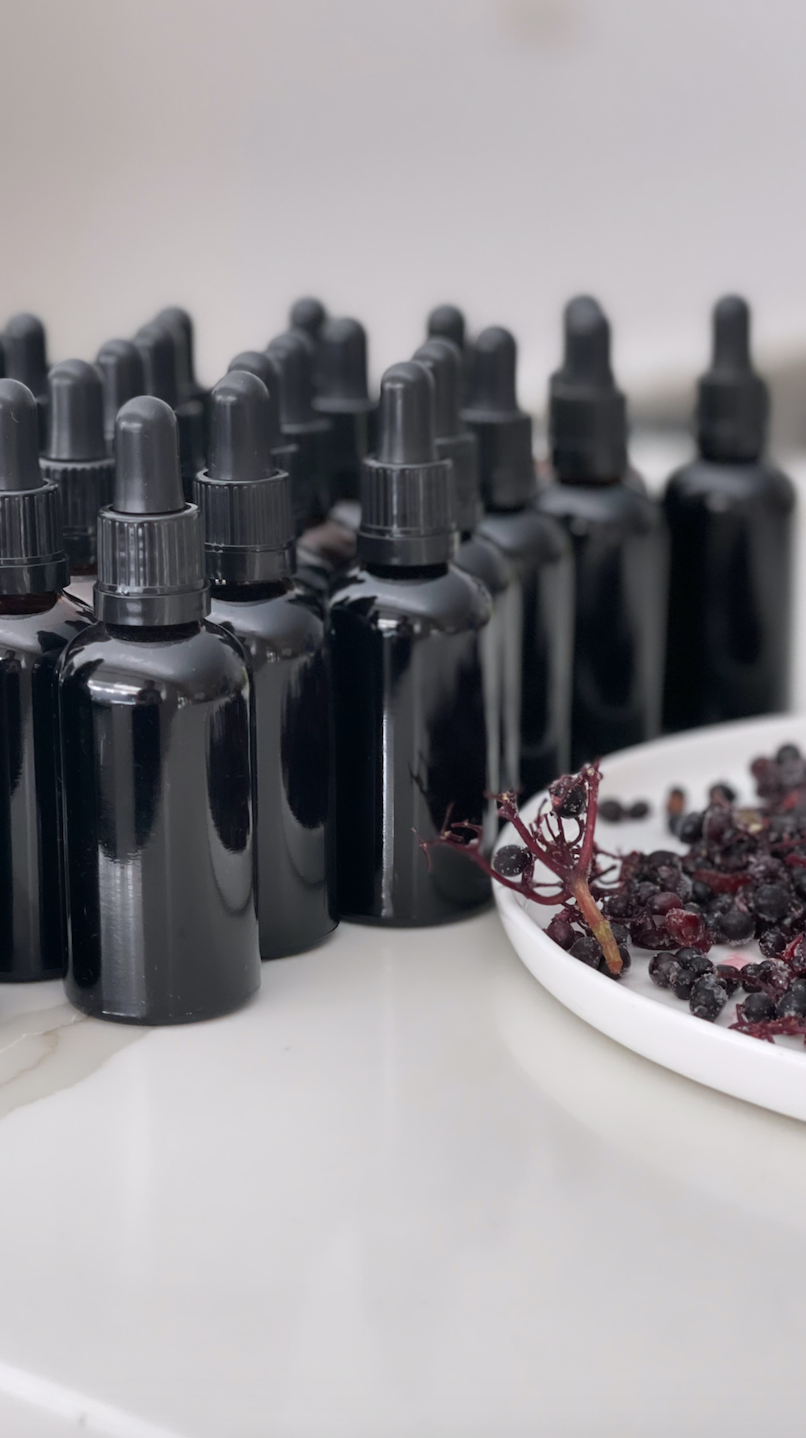THE POWER OF PLANTS
A Magical History
In ancient times humans knew that some plants have effects on the human body. Despite this knowledge, people at the time could not explain this power of plants, and thus they attributed supernatural forces to them. Elderberry (Sambucus nigra) was one of such plants.
Elderberry seeds have been found associated with human activity by archaeologists and assigned to the Stone and Bronze Age. At that stage people used the fruits, bark and branches of the elderberry. In their writings, naturalists, healers and philosophers of Ancient Greece and Rome also referred to this mysterious healing plant.


THROUGHOUT THE YEARS
Power & Meaning
Hippocrates devoted special attention to the elderberry fruits, and Dioscorides recommended wine made from its roots as a remedy for snake bites. In the Middle Ages, elderberry was used as protection against witches. In another period, its effects were attributed to the power of devils.
WHAT WE KNOW NOW
Medicinal Plants
According to mythology, the spirit dwells in its trunk; while the Germanic people believed that it was an evil spirit, in Denmark and Latvia it was a good spirit. Unpleasant odor and the presence of the fungus, Auricularia auricula-juadae, associated with the biblical story in which Judas Iscariot hanged himself on this shrub, certainly add to the negative connection. We now know that different parts of the elder have positive and beneficial effects on the human body.
Elderberry still counts among the most useful medicinal plants available to modern herbalists. All parts of the plant are pharmacologically active and in times gone by, a myriad of different remedies were prepared from the different parts. Since traditional medicine has somewhat gone out of fashion these days, elder bark, root-bark and leaves are no longer used. Uses for these parts are cited here merely for the sake of historical completion. As their action is very powerful, caution is advised and self- medication is not recommended.

